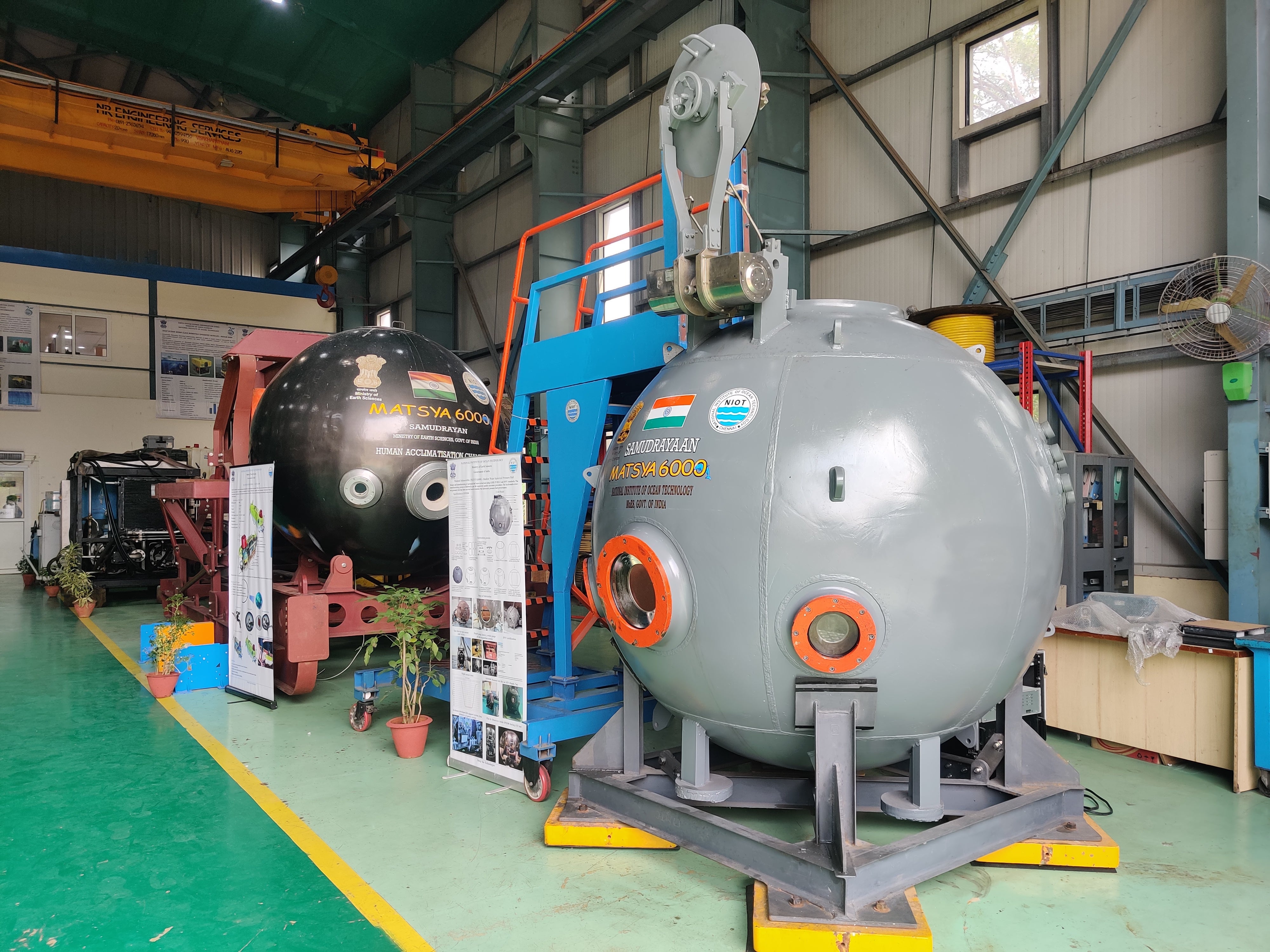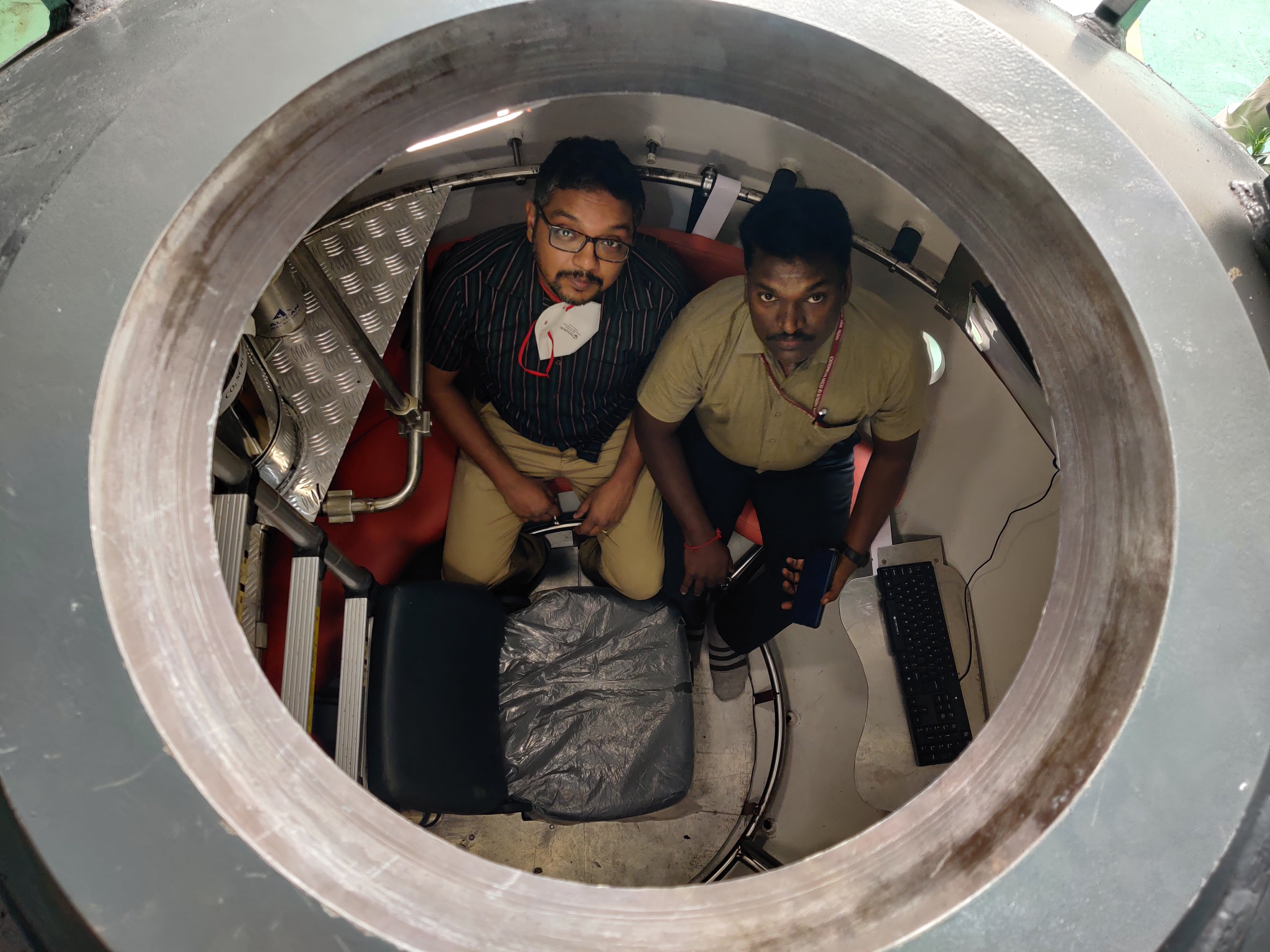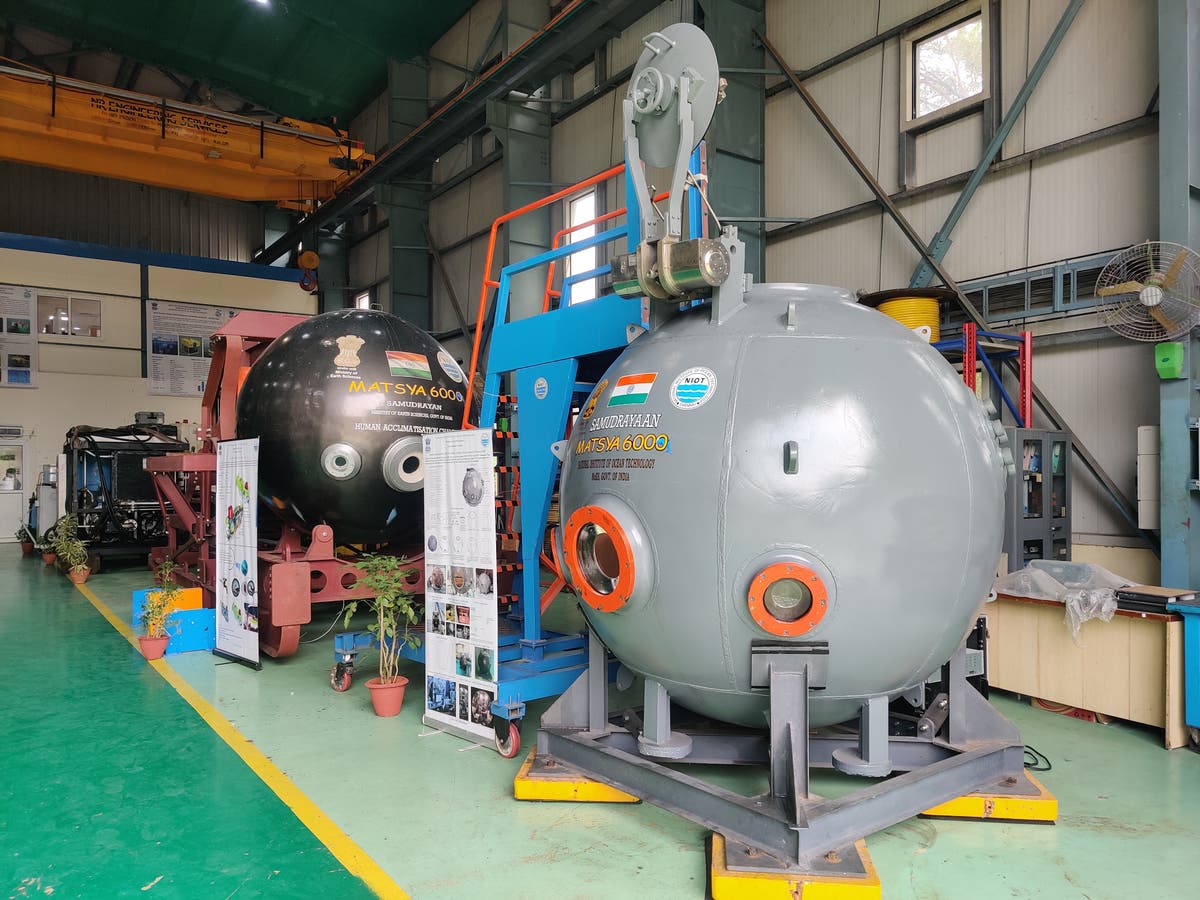A new deep-sea submersible capable of taking three people deeper than the Titanic is undergoing its first “wet test” this month.
Initially reported to be taking place in early 2024, the Matsya-6000’s testing will finally begin after its design was reviewed in the wake of the Titan submersible disaster last June.
It is hoped that the submersible, which is part-funded by the Indian government, will herald a new era for ocean exploration and research.
Dr M Ravichandran of India’s Ministry of Earth Sciences (MoES) told India Today that the test is expected to take place in the late October.
“All components of the Matsya-6000 have been integrated and fixed. We are awaiting some ballast components, after which the wet test will be conducted,” he said.
The Matsya-6000 is thought to have a maximum depth of 6,000 meters, which is almost twice the depth of the Titanic wreck at 3,600 metres.
Dr G Ramadass, director of the National Institute of Ocean Technology (NIOT), said that safety is at the heart of the design, which will have several features that will be deployed should something go wrong.
This includes a floatation device that will rise to the surface if the submersible goes missing, which could avoid an international search and rescue mission like the one prompted by the Titan last year.
The Matsya-6000, named after the Hindu god Vishnu’s fish avatar, will also have a feature described as an “ultra-short baseline acoustic positioning system (USBL)”, which sends acoustic pulses to ensure it is locatable at all times.

The “experimental” OceanGate submersible lost contact with its mothership around two hours into its dive to the Titanic.
A major search and rescue mission followed before debris was found on the ocean floor. It was then announced that the submersible had suffered a “catastrophic implosion”, killing everyone aboard.
While the inquiry into the disaster is still ongoing, it is believed that the vessel’s carbon fibre hull gradually weakened over time.
Dr Ramadass told The Hindu: “When we were in the planning stage, there was a proposal to use carbon fibre for our submersible, but we eventually firmly ruled it out and have insisted on a titanium enclosure.
“Carbon fibre is strong but is not fracture-resistant. At these depths, anything other than titanium is not recommended.”
Adding: “We will also follow standard operating procedure, such as deploying the submersible from a ship, which will remain on the surface right above the submersible for easy communication with the underwater vehicle.”

The next stage in the Matsya-6000’s testing will involve a shallow-water test in 2025 and an unmanned deep-sea test in 2026. The submersible will also be used to locate potentially valuable resources such as oil, cobalt, copper and manganese.
The Independent has reached out to the Indian Ministry of Earth Sciences and NIOT for further information.


